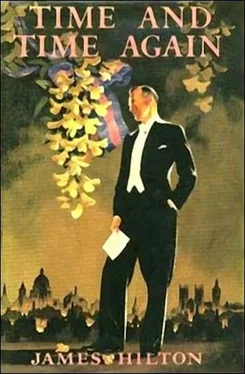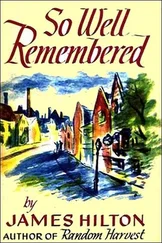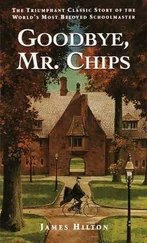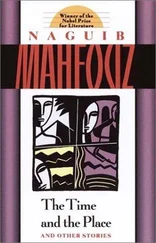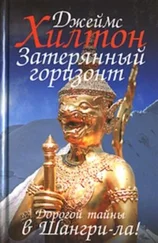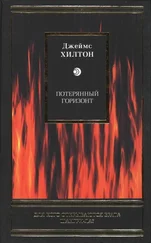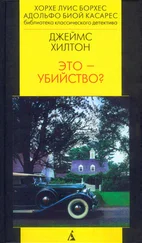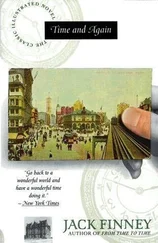‘Oh, really? I didn’t know that.’
‘Do you wear one yourself?’
‘No, I tie my own, but it certainly never occurred to me that…’ Charles laughed and added: ‘Oh, well, André, you listen for danger and give me the signal when we’d better start talking English again.’
In the summer of 1920 Charles took Part One of the History Tripos, getting a Second in it. He had hoped for a First, but his tutor congratulated him so warmly that the inference might have been drawn that only brilliant people got Firsts. Charles, however, still hoped to do better in Part Two, which he would take a year later. It was a more specialized examination that included the submission of a thesis, and he had already thought of a subject— ‘The Influence of the Arabian Caliphate on the Seljuk Turks during the reign of Toghrul Beg’. Why he chose this he was never quite sure, apart from his general interest in the period. Perhaps a deciding factor was that, so far as he could discover, nobody had ever written a Tripos thesis about the Seljuk Turks before. To his tutor, who approved the idea, there also occurred the comforting thought that a researcher on such a subject would soon reach a point at which he knew more than the examiners.
Those years at Cambridge immediately after the Armistice were unique, though doubtless if one had said so some don would have brought up conditions after the Napoleonic Wars or the Great Rebellion or the Dissolution of the Monasteries. There was always this flavour in the Cambridge spirit—a willingness to accept the new because it was not really new at all, or at least not as new as an outsider might think. Perhaps it was easier, in this spirit, to welcome the older generation of undergraduates who crowded the colleges in 1919—married men and fathers, strange men, maimed men, and mystery men whose normal lives would not have included Cambridge at all, but whom the war had used and spared and had finally enriched with this unlooked-for experience. Many were from the Dominions—rangy six-footers, to whom even the mildest collegiate discipline was irksome, and who were apt to find snobbery rather than enchantment in all tradition. And along with them, of course, was the usual crop of youngsters fresh from the schools, the handful of Harvard-exchanged Americans, and that winnowing of dark-skinned empire-built plutocracy which university regulations so tactfully referred to as ‘natives of Asia or Africa not of European parentage’. The mixture was never quite as before, and sometimes did not mix, nor did the spell always work; but Cambridge, where the spell was everything unless Cambridge was nothing, could only do its best.
(Those were the days when Kolchak marshalled cavalry against the masters of the Kremlin; those were also the days when, hardly more than a stone’s throw from Charles’s college, Rutherford was plotting the split of the atom. But nobody threw that stone.)
Charles spent all his vacations (except part of one) at Beeching. The exception was a week in Normandy with Brunon during the August of 1920. They landed at Dieppe and hired an old Citroën; then they drove to Yvetot and Jumičges, loitering and painting wherever they saw what they wanted. The whole week was full of wonderful weather, warm and sunny but not cloudless, ideal for obtaining a variety of light and colour. Charles had never in his life been so happy, not only because he liked Brunon but because for the first time he was beginning to sense a relationship with paint which could be called control, though it was far from anything that could be called mastery. ‘It is just possible,’ said Brunon, ‘that you might be fairly good some day. Probably not VERY good, but at any rate better than I am. But of course I am not really good at all. After all, I just amuse myself.’
Charles returned to Beeching bronzed from the sun, and with a new confidence in himself that expanded far outside the realms of art into the traffic of everyday life. Havelock was quick to recognize it and asked many questions about Brunon. ‘He sounds a decent sort of fellow,’ he remarked. ‘To admit that he’s not a good painter and that he has a bad French accent —a rather surprising modesty in one who has so much influence over you.’
‘It isn’t exactly an influence,’ Charles said. ‘We just like each other and have similar interests.’
‘And no doubt similar opinions.’
‘On some things, yes. We exchange opinions a great deal because it helps my French.’
‘Naturally.’ Havelock mused a moment. ‘Which reminds me… Charnock will be here next week. I told him the portrait of your mother seems to be fading a little—he wants to see it and tell me what to do. Perhaps you’ll be equally interested in HIS opinions.’
‘Why, of course. I’ll enjoy meeting him.’
Charnock had been one of the fashionable portraitists of an earlier day; he had painted Charles’s mother soon after her marriage, and the full-length canvas hung over the hall mantelpiece at Beeching in deserved pride of place, for there was no other picture in the house of any value. It showed her standing on the terrace holding in leash the two Airedales who were ancestors of the animals they now had (there was an Airedale tradition at Beeching). Charles had often admired the portrait, not only with his eyes but with his fingers touching the brush-work. Charnock was old now, in his seventies, and nobody took much notice of what he still regularly sent to the Academy, but he was sometimes asked for his views of younger exhibitors, and these were often pungent enough to make good copy in the newspapers. His own style was somewhat after Millais and the pre-Raphaelites, paying much attention to dress. Nobody could, or would, paint a fold of velvet to look more like a fold of velvet.
Charles had no intention whatever of showing Charnock his work, any more than an amateur pianist meeting Schnabel at dinner would ask him to sit by the piano afterwards to hear a Beethoven sonata. Besides which, Charles rarely painted at Beeching, feeling the place curiously out of bounds for doing so with any pleasure. Many of his canvases, including several he liked, were stored in his rooms at Cambridge; others were in a studio in St. John’s Wood that Brunon rented during school vacations. Brunon had promised to find frames for some of the recent Normandy paintings and had kept them for this purpose. Not only therefore was Charles surprised when Charnock after dinner asked to see some of his work, but there wasn’t much to show him. He went to his room, nevertheless, and found a few samples—water-colours of Cambridge scenes, a head of an old man dozing in a café at Lillebonne —sketched and then painted from part-memory; a still life improvised on a wet day in his college rooms; a landscape in oils of the fens near Waterbeach. He showed these to Charnock with embarrassment, partly because he hated to impose on a guest, but also because it was the first time his father could have seen most if not all of them.
Charnock kept silence for a long interval when the display was over and while Charles thankfully stacked the pictures against the wall. Presently the old man cleared his throat and commented: ‘Well, my boy, you certainly must have had a lot of fun.’
‘Yes,’ agreed Charles. ‘I wouldn’t have done them if I hadn’t.’
Havelock smiled a slow smile. ‘I’m afraid the great painters had more serious motives… wouldn’t you say so, Charnock?’
‘Oh yes, but fun’s all right too.’ Charnock grinned. ‘I never found it did any harm to a painting to enjoy painting it… But I suppose what you really want me to tell you, my boy, is whether you ought to take it up for a living.’
Charles hadn’t wanted this at all; he had no intention of trying to become a professional painter, and if this were the assumption he felt himself to be falsely a suppliant for Charnock’s opinion. Evidently his father had caused the misunderstanding and there was no way now of clearing it up without being rude to a man whose work Charles admired and respected. So he just smiled back and said nothing.
Читать дальше
